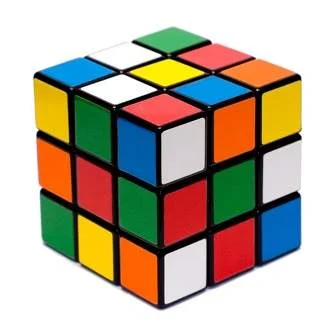There’s an earth-shattering new piece of research that just came out, which is guaranteed to have you looking at that Rubik’s Cube on your desk with more determination than ever before.
There are 43,252,003,274,856,000 possible combinations for any standard Rubik’s Cube. That’s 43 quadrillion if you don’t want to count all the commas. Yet no matter what kind of crazy configuration it may be in, it can be solved in 20 moves.

The new research brings even more refinement to the world of studying the amazing puzzle cube, which has been the source of scientific discoveries for nearly 30 years. Previously, scientists had been able to confirm that any combination could be solved in 22 moves or less.
The most recent revelation came from a joint project between big-brained mathematician Morley Davidson, from Kent State, Google engineer Herbert Kociemba, and a couple other guys who were dedicated to this work that really won’t help them pay their rent. Regardless, countless hours of number crunching was logged on Google’s own internal computer system.
The team said it wasn’t too difficult, as most of the research had been done previously. Their main task at hand was refining the number of moves needed for specific possible sequences of the Rubik’s Cube squares.
“Since a position that required 20 moves was already known, we did not need to optimally solve every position; we just needed to find a solution of 20 moves or less for each sequence. This is substantially easier,” wrote researchers on their website, Cube20.org.
Another interesting statistic is that the most common number of moves it would take to solve a Rubik’s Cube is 19. There are about 1.5 sextillion possible ways to turn a Rubik’s Cube back to its original colored sequence by using exactly 19 moves.
What does this all mean for the future of mankind? Probably that we’ll never stop devoting high-capacity computer resources to perform trivial research.






